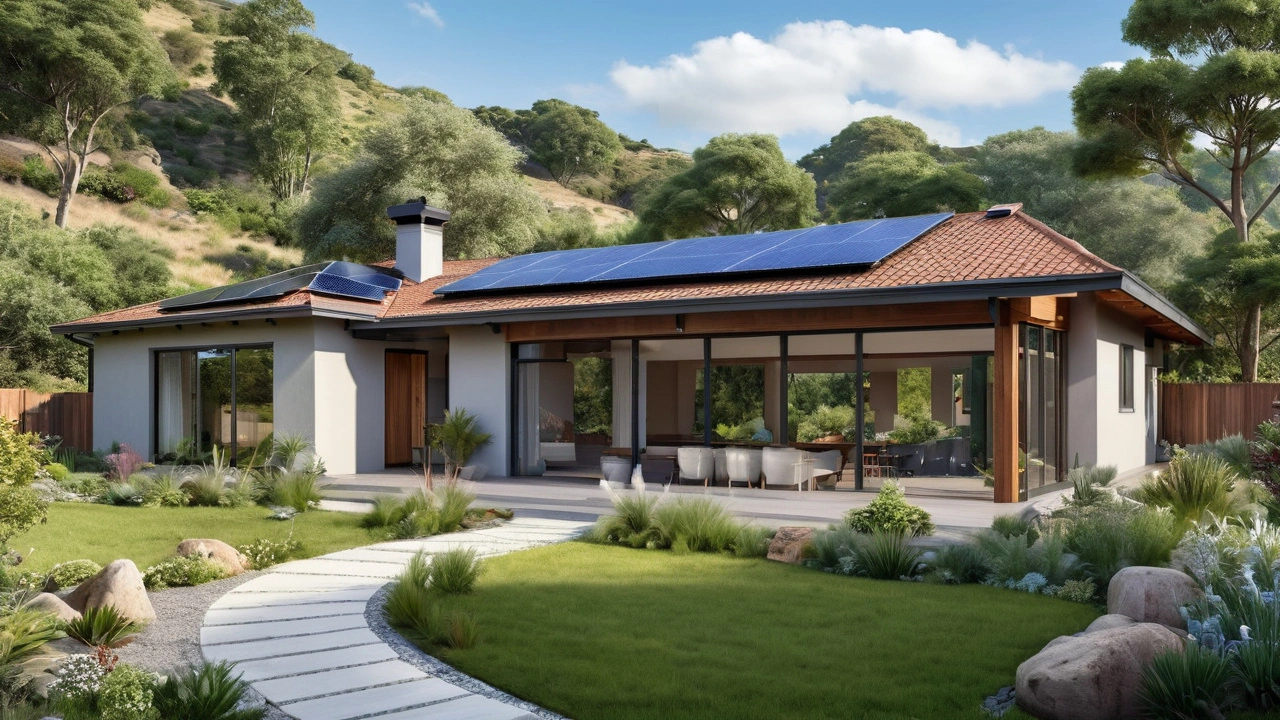Ranch-style homes are gaining popularity as the ideal choice for sustainable living. These single-story homes offer an array of benefits, including energy efficiency and the close connection to nature. Their design makes them perfect for solar panel installation and rainwater harvesting. This article explores the features that make ranch-style homes an eco-friendly option, with tips on optimizing your home for sustainability.
Energy-Efficient Homes: Practical Ways to Cut Bills and Boost Comfort
Want a home that stays comfortable without high bills? Energy-efficient homes do exactly that. This page gives clear, practical steps you can use today to save energy, reduce costs, and make your house healthier.
Start with the building envelope. Seal gaps around doors, windows, and where pipes enter. Add insulation in the attic and walls if you can. A tighter envelope keeps heat where you want it and reduces strain on heating and cooling systems.
Windows matter. Replace single-pane windows with double or triple glazing where budget allows. Use weather stripping and heavy curtains as cheaper fixes. South-facing windows gather free solar heat in winter; shade them in summer with awnings or blinds.
Upgrade your heating and cooling. A modern high-efficiency heat pump can heat and cool with less energy than older systems. Service HVAC systems regularly, change filters, and consider a smart thermostat to schedule temperatures and avoid waste.
Appliances and lighting
Choose ENERGY STAR or equivalent appliances. They use less electricity and last longer. Swap old refrigerators, washers, and dishwashers when possible. For lighting, replace incandescent bulbs with LEDs. LEDs use far less power and give off less heat.
Renewables and water savings
Solar panels cut electricity bills and can pay back over time. Battery storage helps during outages and can shift usage to cheaper times. For water, install low-flow showerheads and faucets, and choose a high-efficiency water heater. Tankless or heat pump water heaters lower standby losses.
Think about ventilation. Proper ventilation removes moisture and improves air quality without wasting energy. Heat recovery ventilators (HRVs) or energy recovery ventilators (ERVs) exchange stale indoor air for fresh outside air while keeping most of the heat.
Small changes add up. Seal and insulate, upgrade a few appliances, switch to LED bulbs, and you’ll see savings within months. Track your usage with a smart meter or simple billing checks to spot improvements and adjust habits.
Budget and timing matter. Prioritize low-cost, high-impact fixes like sealing and LEDs first. Plan bigger investments like insulation or solar during seasonal sales or when you already need renovations. Incentives, rebates, and tax credits often make upgrades cheaper—check local programs.
Design choices make a difference. Orienting living spaces toward the sun, using thermal mass like concrete or tile, and adding shading for hot months all help. Even landscaping matters: trees can shade and cool a home naturally.
Ready to start? Make a short checklist: seal gaps, add insulation, switch to LEDs, service HVAC, and review incentives. Take one step this week and another next month. Small actions lead to lower bills, better comfort, and a smarter home.
If you want help, get an energy audit. A professional can point out the biggest wins for your house and estimate costs and payback. Local programs sometimes offer free or discounted audits. Start with a free check or DIY blower door test kits to find leaks. Then pick one change and act this month to see results now.

